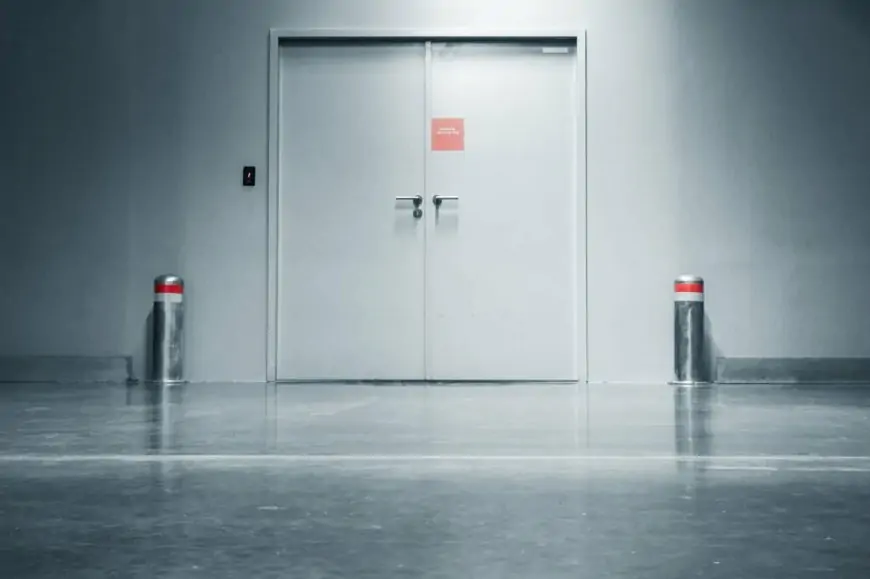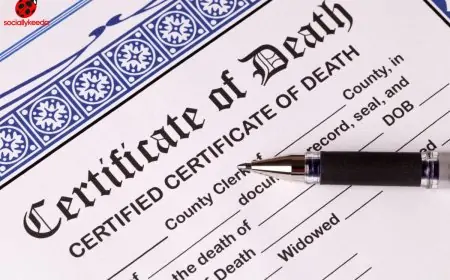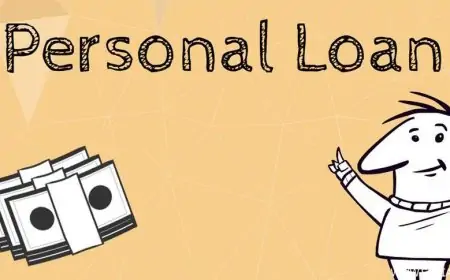Steel doors offer unique advantages and disadvantages for homeowners compared to other entryway materials. This guide examines the defining pros and cons of steel doors to help determine if they are the right solution for your home.
Steel entries provide exceptional security, durability, and weatherproofing when adequately maintained. However, exterior steel also requires more care to prevent rust damage. Consider both the benefits and potential drawbacks of steel doors Toronto before installation.
1. Enhanced Security Features
Steel entry doors offer the strongest deterrent against forced entry attempts used by burglars. The dense, rigid steel withstands repeated blunt force trauma. Solid or hollow steel doors do not crack or cave in when kicked, rammed, or struck with heavy tools.
In Contrast, flimsier wooden or fiberglass doors more easily shatter from determined intruders.
Steel entries can also be fitted with internal steel-reinforced frames for extra strength. High-security models have plates to guard locking mechanisms against drilling.
2. Impact And Dent Resistance
Hollow or foam-filled steel entries resist dents and damage from everyday bumps, knocks, and scrapes. Occasional bumps with groceries, sports equipment, gardening tools, or other objects will not deform the surface.
Kids can play near doors without concern over cracks or chips forming from balls and other impacts. The rigid, dent-resistant steel withstands years of use while maintaining a pristine appearance.
Overall, steel entries retain their smooth factory finish longer instead of showing signs of wear and tear like wood or fiberglass. Carefree durability and resilience make steel an ideal entryway material.
3. Fire And Wind Resistance
Steel entries certifiable for fire codes do not burn or release toxic fumes when exposed to high heat and flames. The non-combustible material contains fires longer than wood to slow the spread through homes.
Steel entries also provide exceptional wind and debris resistance in hurricane zones. The heavy-duty construction withstands strong winds and impacts from flying objects better than other materials. Steel entries keep the home sealed against storms.
4. Moisture And Rot Resistance
Wooden doors eventually warp, crack, and rot from rain, snow, and excess moisture exposure. However, steel does not absorb water or swell from humidity. Hollow and foam-filled steel entries maintain their shape and alignment permanently.
Steel entries also only develop unsightly mold or mildew buildup with moisture absorption. Their waterproofing abilities prevent the entryway dangers poorer-quality wooden doors pose.
Homeowners can rely on steel entries for long-lasting stability and performance through seasons of precipitation and humidity. The unaffected steel deters common moisture damage issues.
5. Low Maintenance Requirements
Once correctly installed, steel entries have been primarily maintenance-free for decades, aside from occasional touch-up painting. Their durability and resistance to weather, wear, and pests keep steel entries functioning like new.
Homeowners must avoid the continual maintenance of wooden and fiberglass doors needed for realigning, sealing, priming, and refinishing due to weathering effects. Durable steel entries maintain their integrity permanently.
Steel entries retain their pristine visual appeal indefinitely, with periodic paint refreshing as needed. Their uncomplicated care makes homeownership easier.
6. Energy Efficiency Potential
Although steel conducts heat and cold readily, advanced insulated core steel entries prevent energy transfer significantly better. Polyurethane or polystyrene foam cores between two steel skins provide ample thermal insulation.
Tight weatherstripping and thresholds also minimize air leakage around the edges. Thermal breaks within steel framing reduce conduction. Modern finishes like powder coating improve efficiency further.
7. Design Flexibility
Steel entries are available in myriad aesthetics, from modern to classic, to mimic woodgrain. Cutting-edge manufacturing techniques like precision laser cutting permit customized door shapes.
Owners can match unique home architecture without the limitations of standard wood doors. For contemporary interiors, metallic steel finishes like bronze, silver, and copper create a one-of-a-kind style.
- The Potential Downsides Of Steel Entries
While steel entries provide significant upside, potential disadvantages to consider include:
- Susceptibility to Rust
Exterior steel requires vigilance against rust damage from moisture exposure. Keeping paints and finishes maintained is critical.
- Thermal Conductivity
Non-insulated steel readily transmits heat and cold. This can raise energy costs unless using an insulated core.
- Weight
Steel entries are heavier than fiberglass and wood, making DIY installation challenging. Professional fitting is advisable.
- Noise Transmission
Uninsulated steel doors transmit more sound from outdoors and door closings than other materials.










